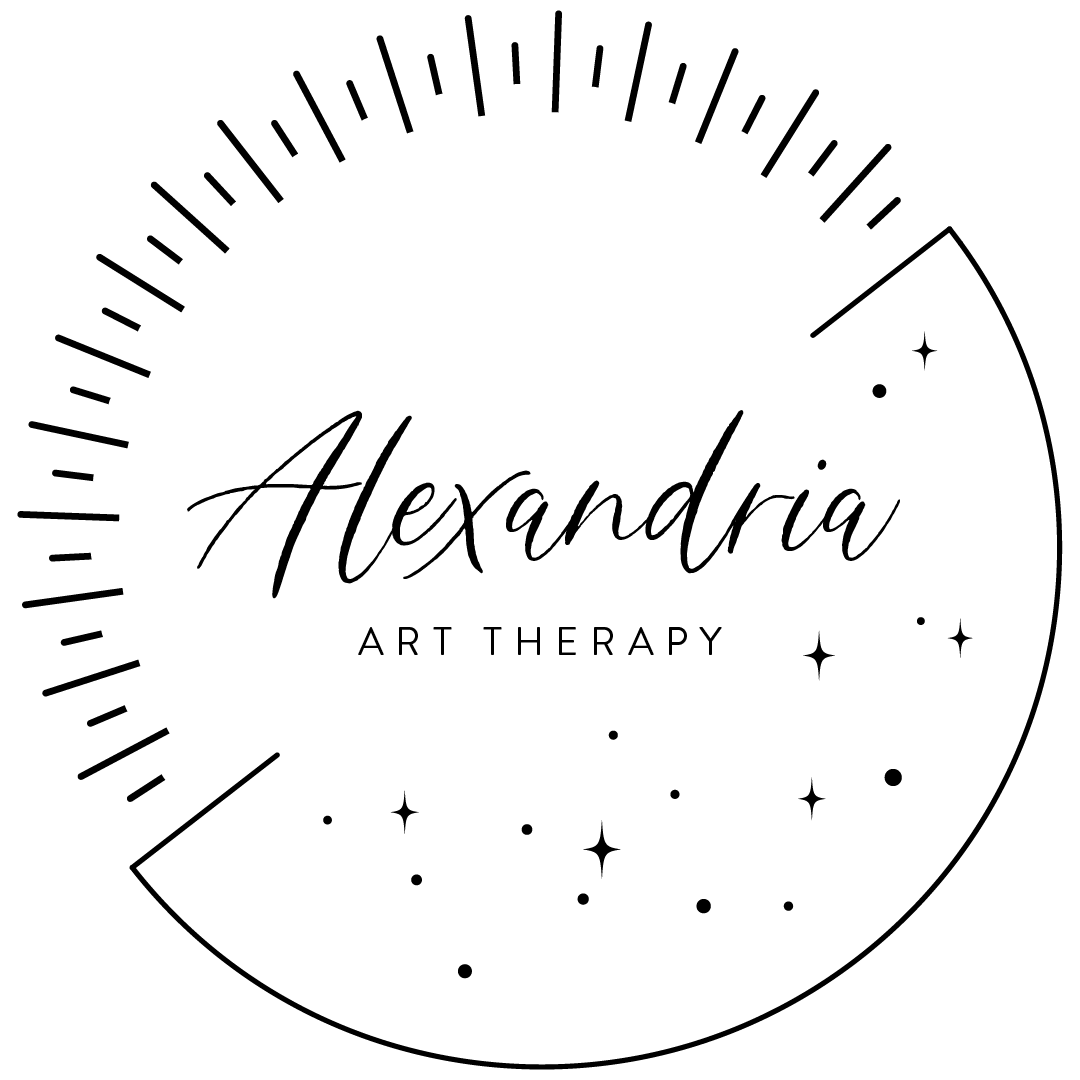Recommended Reading | 3
Welcome to April’s installment of Recommended Reading. I skipped last month in favor of some more time-sensitive writing, so now that we’ve settled into a “new normal,” I thought it timely to revisit my book list. As spring blooms and we’re all safe inside, how much are we admiring and appreciating the changes around us? Change is uncomfortable, of course, but there’s room for growth if we are brave enough to be curious about it. One of the changes I love most about spring is the color! And couldn’t we all use a heaping dose of color right now?
This month’s book dives into the curious and wild world of color! We love color in art therapy, but how much do we really know about the origins of colors? We might know the classic ROYGBIV spectrum or the color wheel, but there’s even more to learn about how artists made colors throughout history. Let’s take a few minutes to be curious about color together.
This month I’m reading through The Secret Lives of Color, which is a fascinating look at some of the most well-known (and most expensive!) colors throughout history. Each chapter is dedicated to a color family (red, yellow, blue, etc.) and more specific colors are featured in 2 or 3 pages. It’s an easy book to flip through hoping something will catch your eye, and equally as fun to read in order. The book also offers a concise lesson on what actually makes color; I made a handy guide below.
A quick color crash course
All colors are made up of wavelengths of light. To understand color, first we’ve got to take a look at light. There are electromagnetic waves all around us, and some of them are visible as light. Humans can see only a small portion of all light waves. When light hits an object, some of the light is absorbed, and some of it is reflected. Our eyes take in the light, transmit it to our brains for interpretation, and the reflected light is the color we see.
So how are colors made for things like paint or markers? That type of color is made of pigments, which are chemical compounds that occur in nature or are created in a lab. For thousands of years humans used things like rocks, plants, and insects to make pigments, but most of the colors we use today are made in a lab. When we talked about light, we were talking about reflection. With pigments, we’re talking about absorption. Pigments absorb wavelengths to create different colors, which is why we can create so many more colors of paint than just the standard color spectrum.
All of that might sound a bit technical, but it’s not necessary to understand it to appreciate the stories about color in The Secret Lives of Color. The real story lies in the colors themselves. Who knew there were such vivid (and sometimes dangerous) tales behind the colors we see and use all the time!
Here are some of my favorite facts about colors found in this book:
Egyptian blue, the first synthetic pigment, was once the preferred color of the Egyptians. It was difficult to make, though, and when the Romans took over, people stopped passing on the formula for how to make it. This color went “extinct” until modern scientists analyzed ancient samples.
Indian yellow was created by collecting and drying the urine of cows who were fed only mango leaves and water. Thankfully, we don’t use this method of creating Indian yellow anymore.
Tyrian purple is quite expensive to make. It was once created using a single drop of fluid from a shellfish, and it takes 250,000 drops to make a single ounce of dye! It was so costly that only one person was allowed to wear it: Julius Caesar.
Scheele’s green is made from arsenic, which is poisonous. Napoleon was imprisoned for several years in a room with wallpaper containing this color, and there’s been debate about if arsenic poisoning contributed to his death.
There are so many other beautiful and interesting colors to learn about in this book. Perhaps your favorite has its own colorful past!
Note: The link included in this blog to Old Town Books is not an affiliate link.
We simply love supporting local business.


